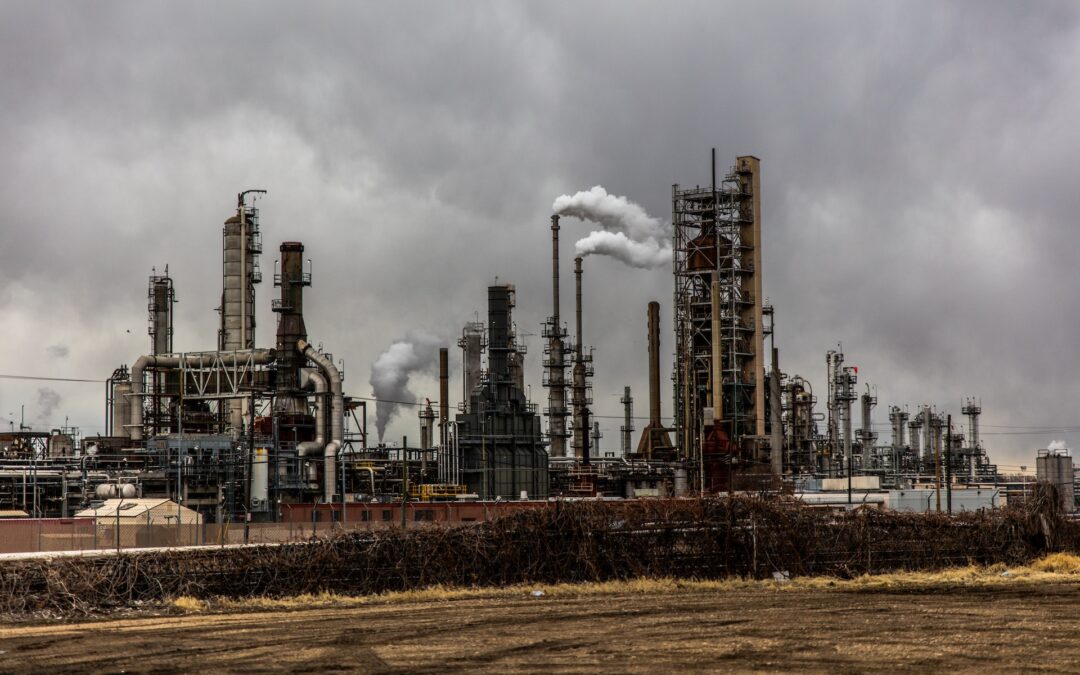The oil and gas industry is known for its complex processes and hazardous working environments, making it crucial for companies operating in this sector to ensure they deploy the most efficient and safest technology available. In recent years, the use of 3 phase separators has gained traction as an essential piece of equipment for various oil and gas operations – contributing to increased safety, efficiency, and cost-effectiveness.
In this article, we will delve into the nuts and bolts of 3 phase separators, explore why you should consider implementing them in your projects, and how Tiger Safety Rentals can assist you in this endeavor.
The primary purpose of a 3 phase separator is to separate well fluids into three distinct components – oil, gas, and water. This is critical for companies involved in oil and gas extraction, as efficient fluid separation plays an indispensable role in determining the success of a project. By employing a 3 phase separator, your company can significantly enhance the overall performance, safety, and environmental compliance of your operations.
One of the most notable advantages of using a 3 phase separator is the ability to accurately measure and allocate production fluid allocations, enabling you to optimize production and reduce costs. Additionally, the separation process is crucial for the proper transportation and storage of extracted fluids, protecting the integrity of pipelines and storage facilities. 3 phase separators also play a vital role in ensuring that the environmental impact of your operations is minimized, as it helps to capture and contain hazardous gases and other pollutants.
At Tiger Safety Rentals, we understand the importance of utilizing top-of-the-line equipment to optimize your oil and gas projects. Therefore, we offer a range of 3 phase separators specifically designed to cater to your project’s requirements, ensuring maximum safety and performance. With our expertise and vast industry experience, Tiger Safety Rentals has become the go-to provider of specialized services and safety equipment for companies operating in the oil and gas sector.
By choosing Tiger Safety Rentals as your trusted equipment provider, you guarantee that your projects benefit from the latest advancements in separator technology and receive unparalleled support from our team of experts. Stay tuned for more informative articles on the variety of specialized equipment and services provided by Tiger Safety Rentals, designed to enhance the success of your oil and gas operations!
Understanding 3 Phase Separators: The Basics
In order to comprehend the importance and benefits of using 3 phase separators in the oil and gas industry, it’s essential to first understand their basic working principles. These innovative devices are designed to efficiently separate the fluids extracted from wells into three distinct components: oil, gas, and water. This separation process is achieved through the use of gravitational forces, mechanical actions, and an array of specialized internals that facilitate the separation of various fluid phases.
3 phase separators are generally classified into two major types: horizontal and vertical separators. Horizontal separators are tailored for installations where space constraints may be an issue, while vertical separators are utilized in scenarios where gas-liquid separation is the primary concern. The selection of a suitable separator type and size is crucial in ensuring that your project runs smoothly and efficiently.
Enhancing Efficiency and Performance: Benefits of 3 Phase Separators
Implementing 3 phase separators in oil and gas operations offers numerous benefits that directly contribute to your project’s overall performance and efficiency.
- Accurate Measurement and Allocation of Production Fluids: As previously mentioned, the accurate measurement and allocation of production fluids are crucial in optimizing production levels for oil and gas operations. By utilizing a 3 phase separator, your company can effectively monitor and control the flow rates of extracted oil, gas, and water, ensuring that your project remains profitable and efficient.
- Mitigating Environmental Impact: The oil and gas sector is constantly under close scrutiny from environmental regulators and stakeholders due to the potential impacts on the environment. By implementing a 3 phase separator, you can ensure that hazardous gases and pollutants are captured and contained during the separation process, reducing the likelihood of environmental contamination and non-compliance with regulatory requirements.
- Reducing Pipeline and Storage Facility Stress: Efficient fluid separation plays a vital role in protecting pipelines and storage facilities from unanticipated stress and degradation, thereby extending their operational lifespan. With a properly functioning 3 phase separator in place, you can reduce the risk of pipeline and storage facility damages, avoiding unplanned downtime and costly repairs.
- Minimizing Emissions and Safety Risks: The oil and gas industry is inherently hazardous, making it crucial for companies to do everything in their power to mitigate safety risks on-site. A well-designed 3 phase separator helps to minimize the emission of harmful gases, thereby reducing the risk of explosions and other safety hazards in the workplace.
Choosing the Right Separator: Factors to Consider
Selecting the ideal 3 phase separator for your specific project requirements involves taking several factors into consideration. Some of these crucial factors include:
- Flow Rates: The flow rates of oil, gas, and water extracted from your well can significantly impact the performance and efficiency of your chosen separator. Be sure to clearly establish your project’s flow rates and select a separator capable of handling these volumes.
- Pressure and Temperature Ranges: Different separators are designed to function optimally within specific pressure and temperature ranges. Prior to selecting your separator, ensure that it is compatible with your unique operating conditions.
- Size and Installation Requirements: Depending on your project’s available space and infrastructure, choosing either a horizontal or vertical separator may be more appropriate. Consider these factors when deciding on the type and size of your separator.
- Cost and Maintenance: As with any piece of equipment, it’s essential to consider both the initial upfront costs and ongoing maintenance costs associated with your chosen separator. Be sure to factor these expenses into your project budget.
Partnering with Tiger Safety Rentals: Your Trusted Equipment Provider
At Tiger Safety Rentals, we have expertise and experience in supplying oil and gas companies with high-quality, specialized safety equipment and services tailored to their specific needs. Our range of top-tier 3 phase separators is designed to offer unparalleled performance, safety, and efficiency for your oil and gas operations.
Backed by our exceptional customer support and industry-leading knowledge, choosing Tiger Safety Rentals as your trusted equipment provider ensures that your projects reap the full benefits of the latest separator technology.
Conclusion
The adoption of 3 phase separators in oil and gas operations has become a critical factor in ensuring the success, safety, and efficiency of your projects. These innovative devices are revolutionizing how companies approach their operations by providing accurate measurement and allocation of production fluids, mitigating environmental impacts, reducing pipeline and storage facility stress, and minimizing emissions and safety risks.
Partnering with Tiger Safety Rentals grants your project access to our industry-leading range of separators, as well as our unwavering commitment to customer service and expertise. Reach out to us today to discuss how we can help enhance the success of your oil and gas operations through the implementation of 3 phase separators.

